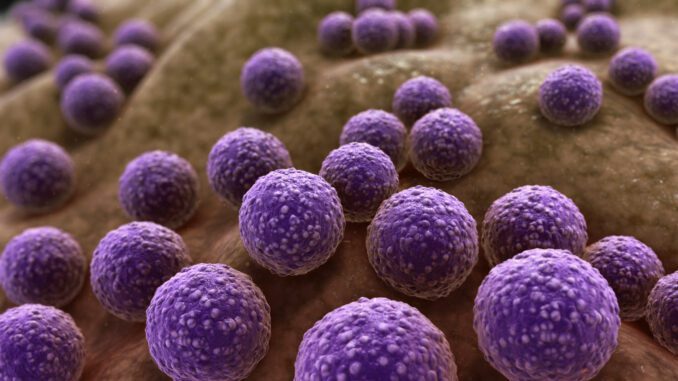
Introduction
Microorganisms are categorized under bacteria, viruses, fungi, and mycoplasma. Some of the microorganisms are disease-causing some are saprophytes or some are heterotopic in nature. The following article is about the difference between mycoplasma and bacteria.
Mycoplasma and bacteria: Definition
Definition of Mycoplasma
Mycoplasma is an organism that is very small and is easily cultured on artificial media. These cause disease generally in plants and animals. The structure of mycoplasma is similar to L-shaped bacteria. A popular mycoplasma is PPLOs (Pleuro Pneumonia Organisms) cause Bovine Pleuro Pneumonia in some animals.
Definition of Bacteria
Bacteria are cosmopolitan, unicellular, rigid cell-walled, prokaryotic microorganisms. They are simple in structure and cause diseases in plants and animals.
Characteristic features of Mycoplasma
- Very small in size and are non-motile in nature.
- Mycoplasma is prokaryotic and may be parasitic or saprophytic.
- They are polymorphic in shape. Due to the absence of a cell wall, they can transform in any shape.
- Mycoplasma contains DNA strands, RNA granules, proteins, and ribosomes as their cellular components.
- They can also pass through the bacterial filter having a pore size of 220 nm.
- The chemical composition consists of around 4% DNA and 8% RNA.
- The structure of mycoplasma is more complex than that of viruses.
- Mycoplasma causes diseases like Chesnutt yellow disease. Areca yellow leaf and a little leaf of brinjal.
Characteristic features of bacteria
- Bacteria are found almost everywhere, they are simple, unicellular, and primitive organisms.
- The bacteria are autotropic, parasitic, saprophytic, and symbiotic in nature.
- Bacteria are prokaryotic in nature and do not have a well-developed genetic system.
- It lacks cellulose but has a rigid cell wall composed of mucopeptide.
- Bacteria are both motile and nonmotile in nature.
- Sexual reproduction is commonly absent in bacteria. Genetic recombination is one of the methods that take place in some bacteria.
- Reproduction takes place by fission or budding.
- Asexual reproduction by spores, conidia, and endospores.
Difference between Mycoplasma and Bacteria
Mycoplasma |
Bacteria |
|
| Size | Less than 220-450 nm | More than 220-450 nm. |
| Cell wall | Mycoplasma lacks a cell wall | Bacteria have a cell wall made up of mucopeptide |
| Motility | Small non-motile prokaryotic | Motile or non-motile prokaryotic organisms. |
| Shape | Mycoplasma are polymorphic in shape | Have a specific shape and size depending upon the structure. |
| Reproduction | Unequal division in mycoplasma takes place by elementary bodies | Reproduction by spores, conidia, and endospores and genetic recombination. |
